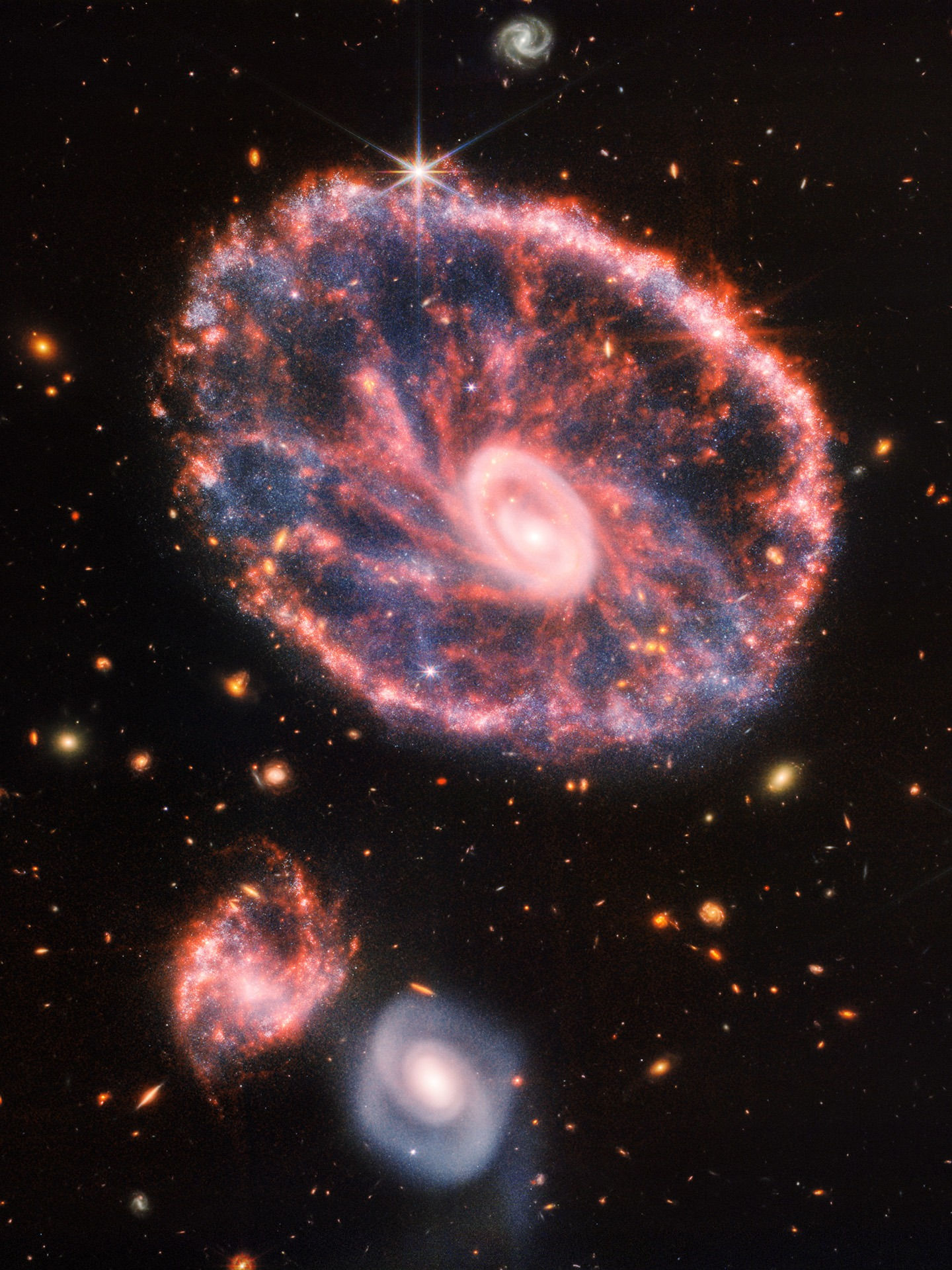The Sun Emits a Huge Flare
- Prof.Smith
- Apr 1, 2022
- 2 min read
Updated: Feb 27, 2023
The flare was emitted on 30/03/2022, peaking at 18:35 GMT. Images were captured by NASA’s Solar Dynamics Observatory.

Matter in the solar chromosphere is following strong magnetic field lines. It demonstrates of how important is the local magnetic field in regulating the solar "weather". Flares occur locally, in contrast with (Coronal mass injections) CMEs which are much larger eruptions of the corona. Solar flares are energetic explosions in the low solar atmosphere which can heat the surrounding material to millions of degrees in just a few seconds or minutes.
Solar flares typically occur near sunspots where magnetic field is concentrated in the active regions on the photosphere. Flares emit radiation in visible light, ultraviolet, x-rays, gamma rays and are observed by ground based and space based telescopes. In addition to emitting large amounts of radiation, solar flares also accelerate particles which are ejected into space. Solar flares are classified based on their x-ray intensity. The letters used are: A, B, C, M and X, with A being the weakest and X being the strongest. The full classification of an x-ray flare is composed of a letter followed by a number, i.e A5.1 . The number indicates the specific intensity of the flare.
X-ray flare intensity is measured in units of power per area, or Watts per meters squared. Each letter (A, B, C, M or X) represents a certain numeric value and the number which follows the letter in the flare classification multiplies that value. The numeric values of the letter classes are listed below:
A = 1.0x10^-8 (W m^-2), B = 1.0x10^-7 (W m^-2), C = 1.0x10^-6 (W m^-2), M = 1.0x10^-5 (W m^-2), X = 1.0x10^-4 (W m^-2)
For example, an A2.1 flare would have an intensity of 2.1 x 10^-8 W m^-2. Coronal mass injections also inject plasma into space and can cause serious problems for unprotected astronauts or sensitive systems on Earth. Both solar flares and CMEs are energetic events which occur on the Sun. These events are both associated with high energy particles. In the case of a CME, coronal material is ejected into space at high speeds, sometimes in the direction of Earth. Both flares and CMEs depend on magnetic fields on the Sun. The most obvious difference between a solar flare and a CME is the spatial scale on which they occur.
Flare x-rays can occur as short impulses, gone in minutes, or brightenings that decay over hours to days. The impulsive events usually produce a stream of high energy particles leaving the flare site. The slower events are often accompanied by a CME. A Coronal Mass Ejection (CME) occurs when magnetic forces overcome pressure and gravity in the solar corona. This lifts a huge mass of solar plasma from the corona and creates a shock wave that accelerates some of the solar wind’s particles to extremely high energies and speeds. This in turn generates radiation in the form of energetic particles.






























































































Comments